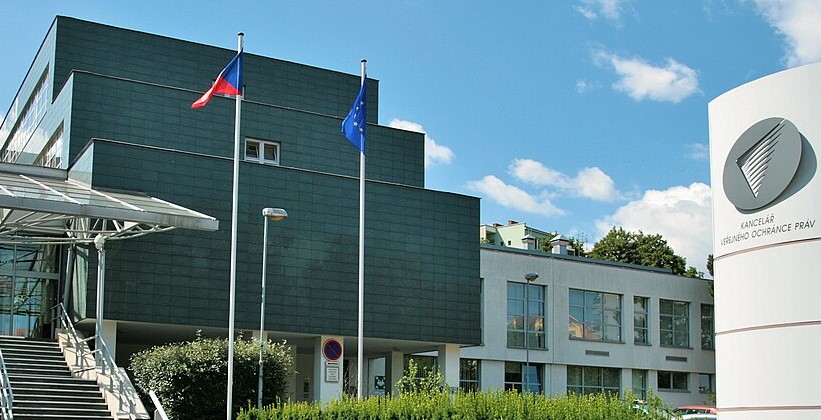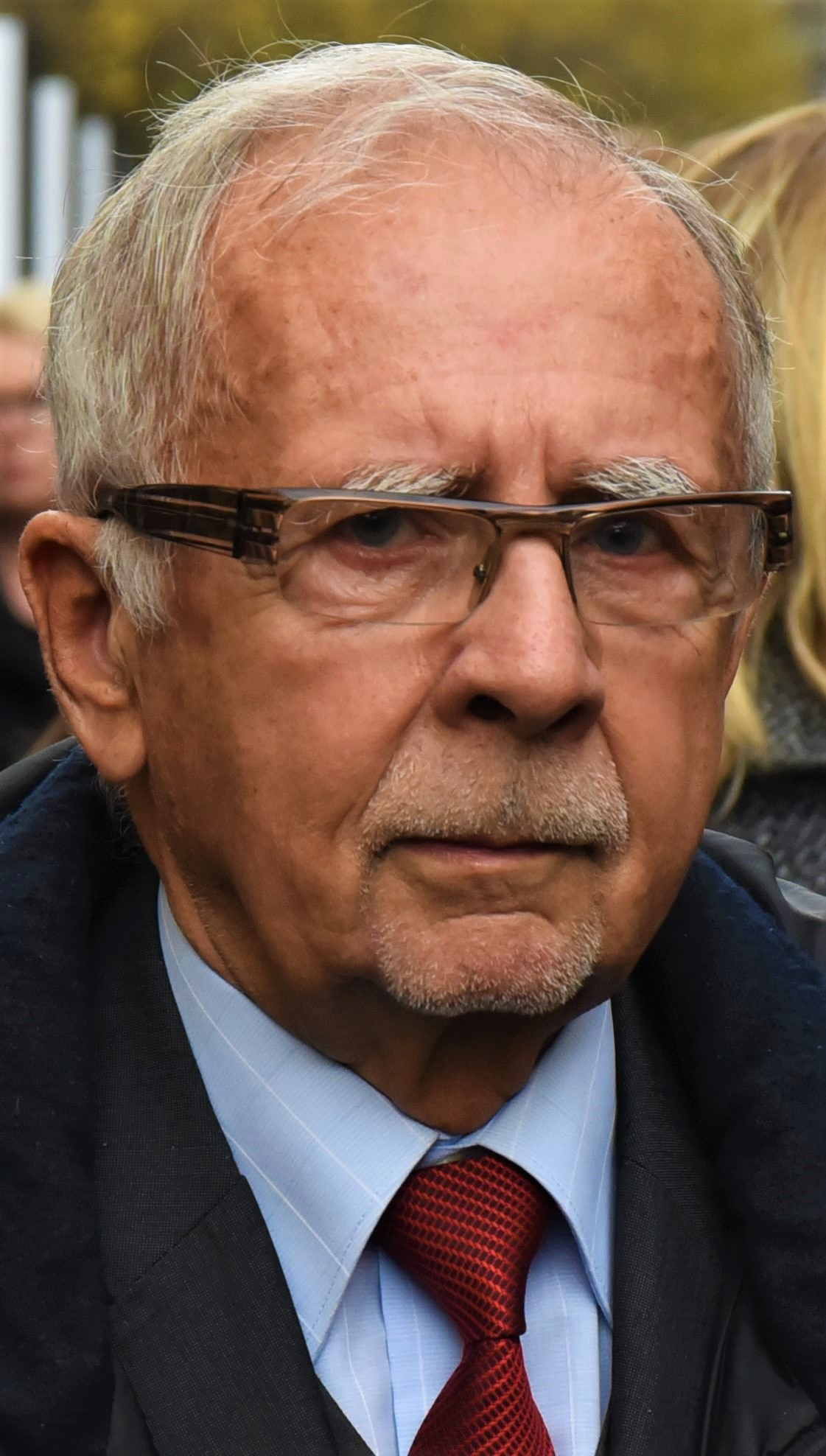A report in English on everyday discrimination, the double standards of institutions, and the role of Ombudsman Stanislav Křeček.
1. The “Czechs Only” Case and Institutional Racism in Czech Republic
According to the news portal Romea.cz, a club published on social media a sign with the phrase: “Czechs Only.”
Founded in 2003, Romea.cz is the only independent outlet that systematically documents hate crimes and institutional racism in Czech Republic. Its reports and analyses have become the main reference on discrimination, hate violence, and exclusion, filling a void that mainstream media usually ignores.
2. Role of the Czech Trade Inspection (ČOI)
The Česká obchodní inspekce (ČOI) classified the sign as discriminatory because excluding customers by citizenship constitutes unequal treatment.
The ČOI is a state body created by Act No. 64/1986 to protect consumers, monitor compliance with regulations, and sanction unfair practices, billing fraud, and discrimination in access to goods and services. In theory, it balances the relationship between citizens and companies; in practice, its actions are selective.
3. When Discrimination Is Ignored by Institutions
The ČOI sanctioned the sign because it was public and visible, impossible to ignore.
But when it comes to less visible abuses, the response is different. In complaints against the public company Centra a.s., the ČOI repeated the same script: “it is not our competence.”
- Charges without breakdown, sudden increases, unsigned documents, deadlines ignored, threats of seizure: all presented with evidence.
- The response: “this is a civil case, hire a lawyer” or “submit an ADR,” a non-binding mechanism that almost never protects consumers.
- Only template letters arrived: no investigation, no sanction.
The contrast is stark: when there is a racist sign on Instagram, the ČOI acts. When a public institution abuses a tenant, it hides behind paperwork.
When abuses target minorities or foreigners without media attention, the ČOI disappears. It does not even intervene in matters clearly under its competence: unfair commercial practices, misleading bills, illegal charges. Here, institutional silence is the norm.
4. Everyday Racism Disguised as “Internal Rules”
The “Czechs Only” sign was not an isolated case. In daily life similar situations abound:
- Bars and clubs denying entry to young Roma under the pretext of “regular customers.”
- Rental ads stating “přednostně pro Čechy” (“preferably for Czechs”), which in practice means “whites only.”
- Social media posts with phrases like “jen pro naše lidi” (“only for our people”), excluding anyone with darker skin.
These practices rarely lead to sanctions because there are no cameras or public attention. Yet they build an invisible wall separating “true Czechs” from everyone else—even if those others are also Czech citizens.
5. The Myth that Being Czech Means Being White
The idea that “Czech” equals white majority has been documented for decades.
- More than 60% of the population openly rejects Roma, according to the Public Opinion Research Centre.
- The EU and Amnesty International have reported that Roma are treated as perpetual foreigners.
- In 2021, the state officially recognized antigypsyism as a specific form of racism.
None of this has changed reality: in popular imagination, “Czech” still means “white.” Thus, a sign that seems absurd—since most Roma hold Czech passports—is understood in practice as “whites only.”
Romea.cz has documented numerous cases: from shops denying entry to people with assistance dogs to bars openly or covertly segregating Roma. Always under the guise of “security” or “internal rules.”
6. Ombudsman Stanislav Křeček and Institutional Racism

Authorities could dismantle this discrimination, but they do not. Anti-Roma rhetoric wins votes, and many public officials maintain or tolerate it.
A clear example: Stanislav Křeček, an openly racist and xenophobic figure, heads the Ombudsman’s office. It is like putting a fox in charge of the henhouse. He was placed there by politicians who share his prejudices.
Křeček has denied the existence of racism in Czech Republic, minimized antigypsyism, blamed Roma for their exclusion, and attacked human rights NGOs. With such a record, his role becomes a dangerous paradox: instead of support, minorities encounter justification for majority prejudice.
Křeček does not limit himself to Roma. He has also attacked refugees and asylum seekers, portraying them as a threat. He has claimed they “do not want to integrate” and “bring security problems.” Such words belong to a populist politician, not an Ombudsman. The message is devastating: if the guarantor of rights speaks this way, what can victims expect from courts, immigration offices, or the police?
7. Structural Racism, Not Isolated Incidents
Discrimination is not an occasional anomaly: it is structural. Only the visible is punished—a sign on Instagram—while everyday racism remains untouched in schools, public offices, and politics. The real problem is that institutions meant to protect victims are run by those who justify hate.
8. Justice That Stays Silent: Courts and Prosecutors
The Czech justice system does not break this pattern either. According to the European Roma Rights Centre and Fair Trials, Roma face discrimination at every stage of the criminal process: police, prosecutors, judges, lawyers.
The case D.H. and Others v. Czech Republic showed that the segregation of Roma children in schools was structural. The European Court of Human Rights declared it illegal in 2007.
Yet the number of cases officially recognized as discrimination remains minimal: only 56 reached the European Court, and just 3 were considered violations.
This judicial silence is more eloquent than any official statement. Without media coverage, the message is clear: for the system, certain victims simply do not exist.
